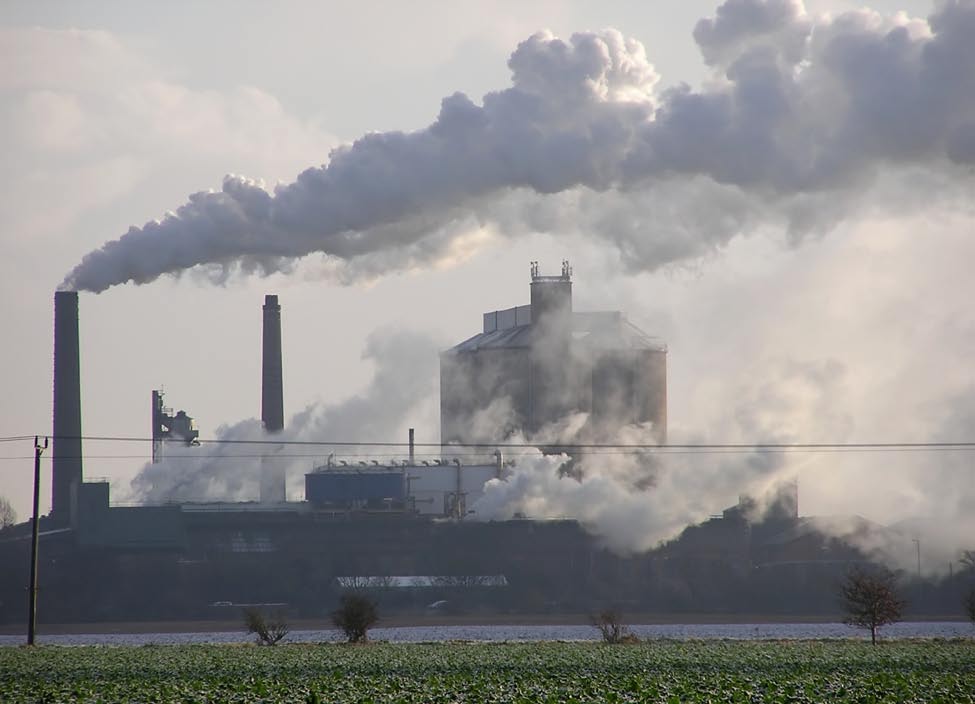afc.biz
Newsletter Ausgabe 5/2013 der AFC Risk & Crisis Consult GmbH. Sehr geehrte Damen und Herren, neben reellen Katastrophen und Krisen bestimmt heute die Konfrontation von Unternehmen mit einer zunehmenden Skandalisierung echter und „gefühlter“ Missstände die Agenda der Lebensmittelbranche. Dahinter steht oft das eingespielte Team aus Nichtregierungs-Organisationen (NGOs) und Medien
 New reactor designs are being proposed that claim to offer
considerable improvement over existing reactors with little
supporting evidence.
New reactor designs are being proposed that claim to offer
considerable improvement over existing reactors with little
supporting evidence.